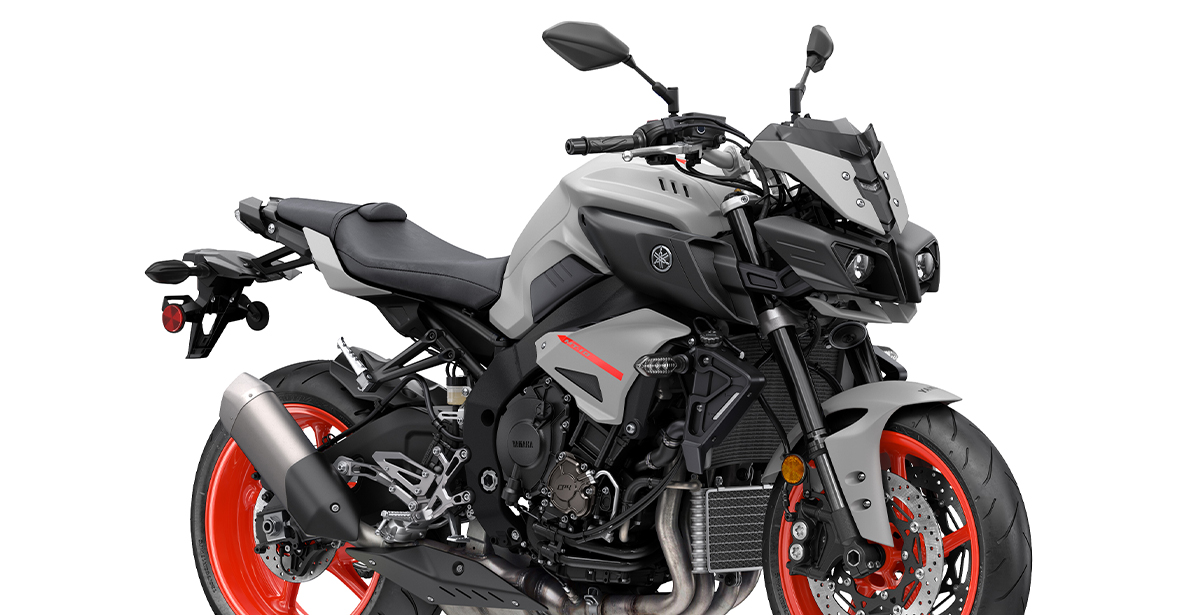When the time comes to store your motorcycle for the winter, here are a few steps to take to make sure your ride will fire up in the spring.
First, treat the fuel system. Top off the fuel tank and add stabilizer, like Sta-Bil. Use the ratio recommended in the instructions, usually about 1 ounce of stabilizer per 2 gallons of gasoline. Add the stabilizer to your fuel at a gas station. That way, the stabilizer will circulate throughout the system.
Filling the fuel tank to capacity will help reduce condensation buildup—and, ultimately, corrosion—if the temperature fluctuates during the winter months.
If your motorcycle is equipped with fuel injection, your job is done. But if your bike is carbureted, you need to take additional steps. Even if you use stabilizer, standing fuel in the float bowls can evaporate and leave behind a varnish-like residue that will clog small openings or keep the floats from moving freely. Draining residual fuel from the bowls is the best way to prevent this from happening.
Also, drain and replace engine lubricants. This removes acids and other contaminants that could attack metal components in your engine. Remove and replace the oil filter, too. Check the brake and/or clutch fluids. If they are as dark as motor oil, they also should be changed prior to storage.
If your bike is liquid cooled, check the condition of the coolant with a “floating ball” antifreeze tester, available at most auto-parts stores. If the coolant is unlikely to protect against freezing at the temperatures you expect or just looks dirty, replace it. Deposits that form during months of inactivity can corrode the cooling system.
Next, tend to your battery. If your motorcycle will be stored in a place where temperatures likely will fall below freezing, remove the battery. An attached garage may remain warm enough to leave the battery in the bike. Either way, the battery should be charged periodically. If your battery has removable caps, top off the cells with distilled water. If your battery is a maintenance-free model, leave it alone.
Employ either a charger that automatically maintains the battery by monitoring voltage level and keeps the battery above 12 volts or charge the battery weekly using a low-amperage trickle charger.
Finally, clean your bike, lube the drive chain (if it has one) and cover it. A thorough wash and wax will go a long way toward protecting your bike’s finish. Lubricate everything that moves, and put a couple extra pounds of air pressure in your tires to avoid flat spots. If you have front- and rear-wheel stands, raise the bike off its tires.
See you in the spring.






